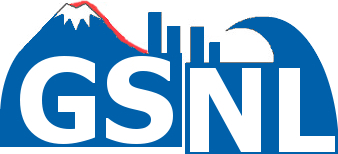Geohazards Supersites are proposed by an initial scientific team but participation is open to the global scientific community. The Supersite Coordinator must belong to a scientific institution in the country where the Supersite is located.
The general procedure is:
- Definition of the Supersite/Natural Laboratory area, choosing among seismic or volcanic areas with one or more of the following features: strong geohazard levels, incomplete knowledge of the geophysical processes, strong vulnerability or exposure levels (high risk).
- Identification of a Coordinator for the proposal. The Coordinator should belong to a local scientific institute having an authoritative role in the national framework for Disaster Risk Management, to guarantee that the new science developed by the Supersite community is rapidly and effectively delivered to the decision-makers.
- Organization of a “core” scientific team for the proposal. The team should include local geohazard data providers, local and international researchers, possibly also end-users of the scientific information and private stakeholders.
- Identification of the proposal objectives and EO data needs.
- The Coordinator should then contact the GSNL Chair (info at geo-gsnl.org) to obtain the latest proposal template and receive support in the proposal writing process.
- Preparation of the Supersite/Natural Laboratory proposal and submission to the GSNL Chair (info at geo-gsnl.org).
- The GSNL Steering Committee will send out the proposal to at least two reviewers.
- The proposal evaluation process may last 1-3 months.
- If the GSNL SC approves the proposal the GSNL Chair will send it to the CEOS DCT (Data Coordination Team).
- The CEOS DCT will evaluate the proposal and the image requests. Each space agency will decide if it can support the Supersite and the number of images which can be provided annually (the image quota). Support from at least two space agencies is needed to establish a Supersite. This process may last 1-3 months.
- Upon formal approval of Supersite image support by at least two space agencies, the Supersite is formally established at the next CEOS Working Group on Disasters meeting.
Details on the Supersite selection and review process are given in this document.


